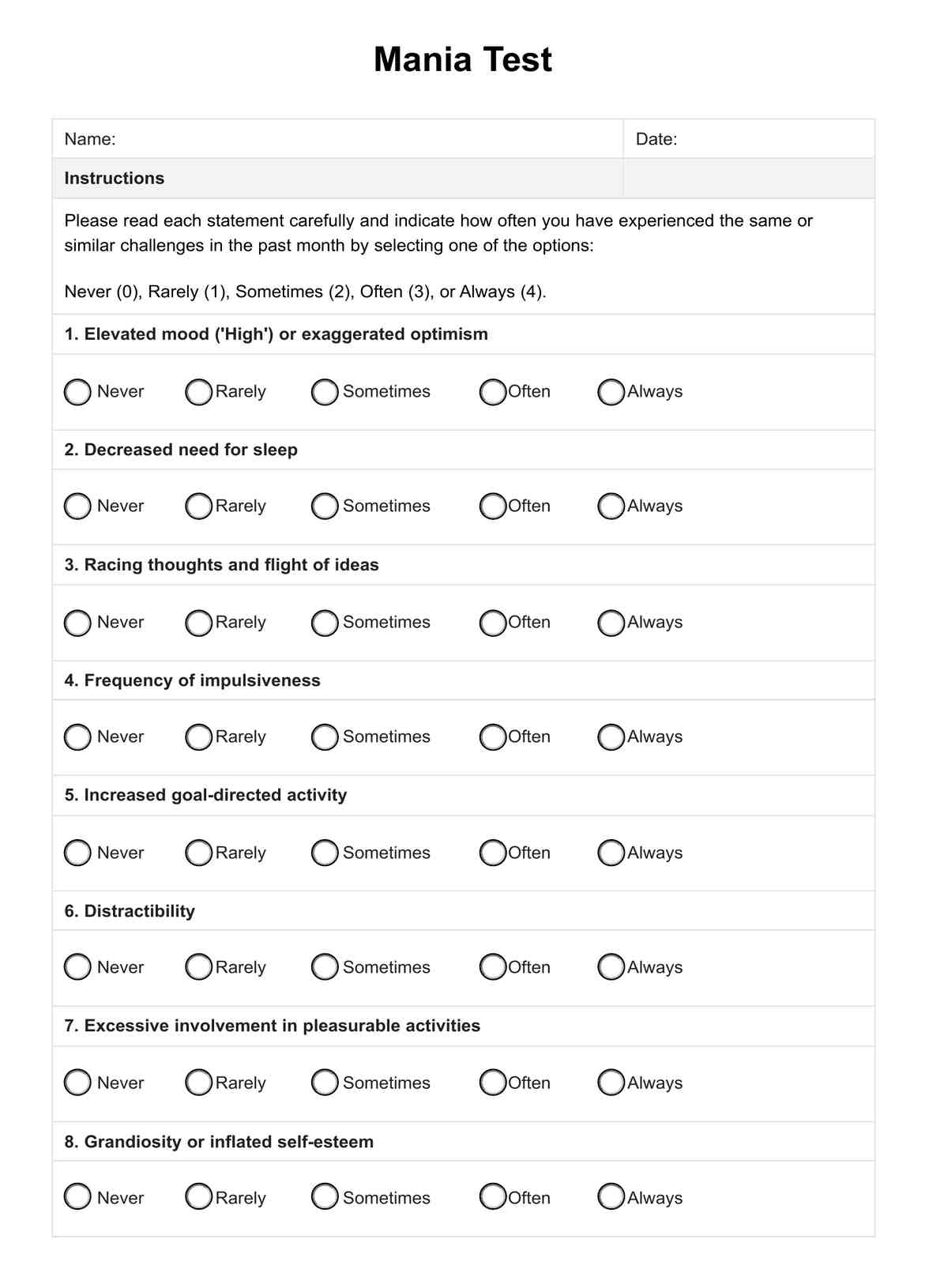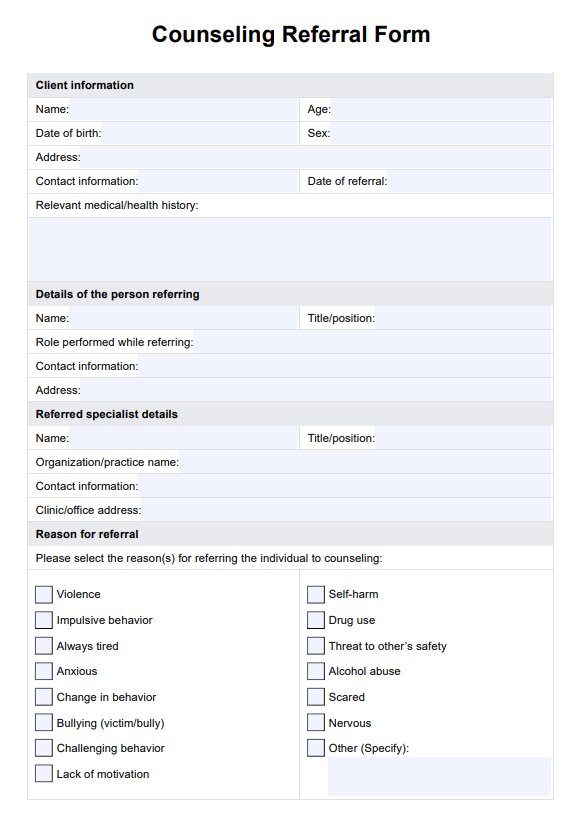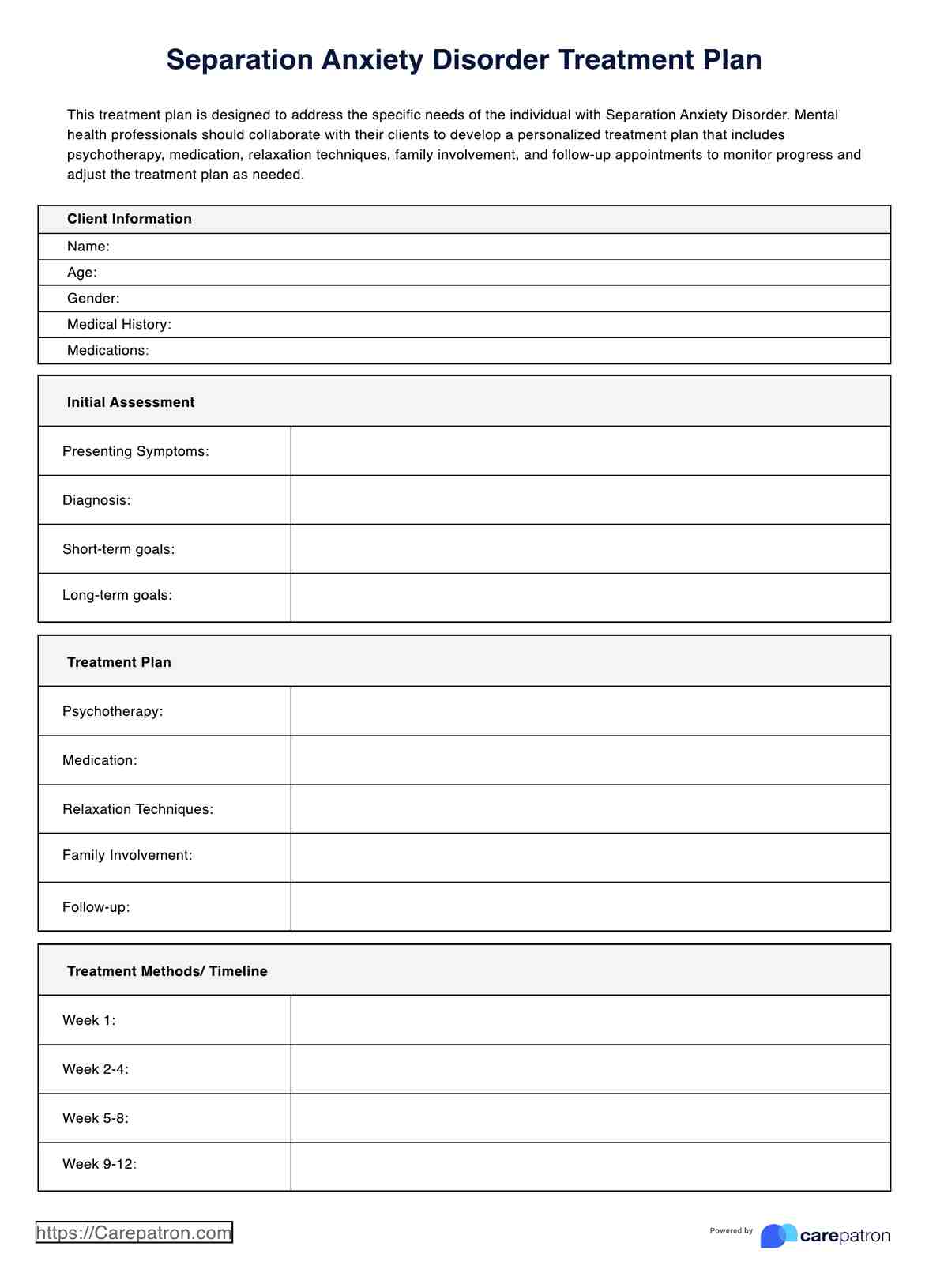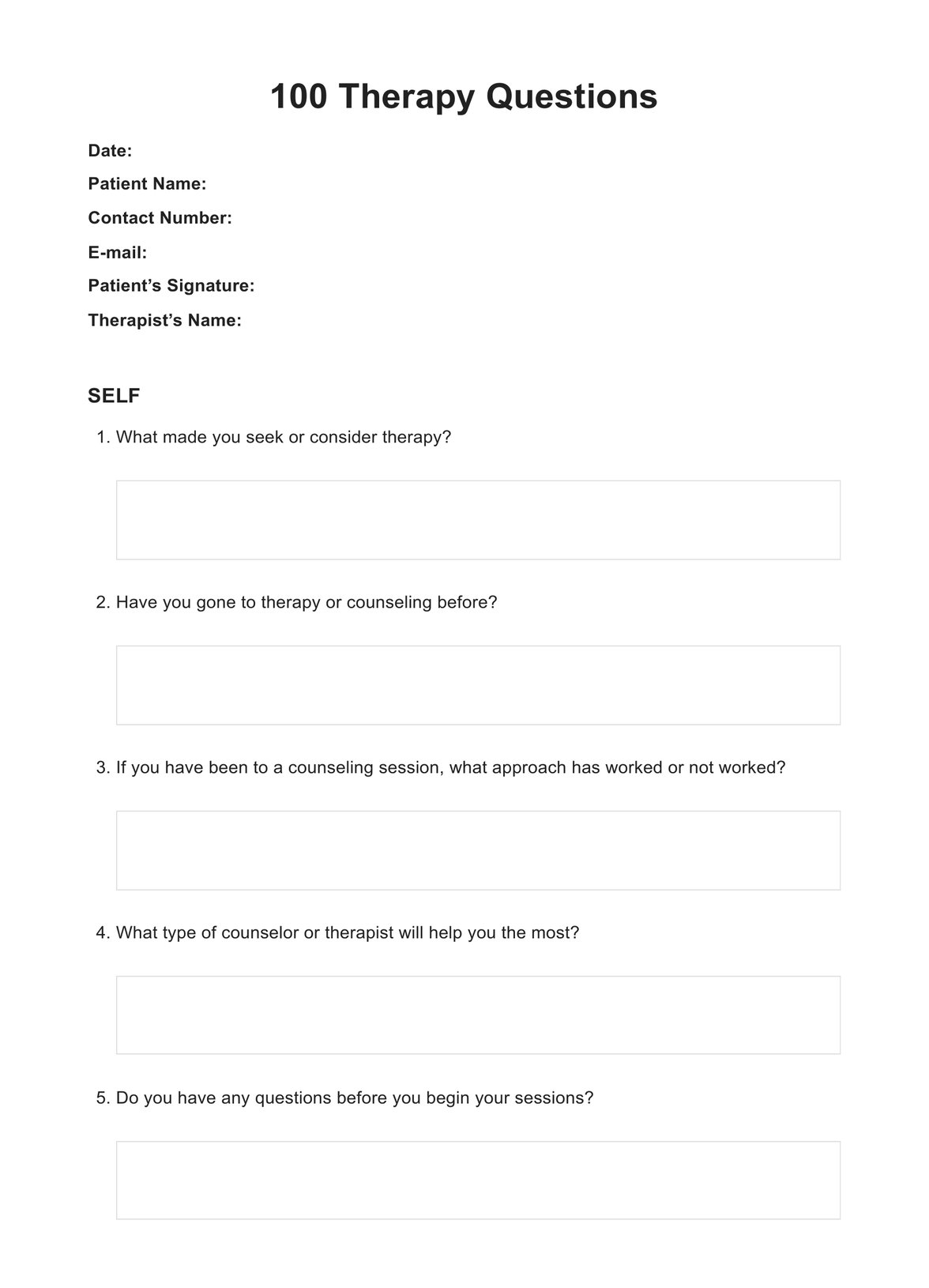Thinking Errors Worksheets
Target your client’s cognitive distortions and give them the tools they need to recognize their unhelpful thinking patterns with our Thinking Errors Worksheet.


What Is A Thinking Errors Worksheet?
Thinking errors, also known as cognitive distortions, are patterns of unhelpful and maladaptive thinking that occur commonly across individuals. There are many types of thinking errors in cognitive behavioral therapy (CBT), but the ones we will be focusing on for this are:
- All-or-Nothing Thinking - Also known as black and white thinking, this means you typically perceive items in terms of their extremes.
- Emotional Reasoning - This means accepting your emotions as fact, and assuming that how you feel is right. While sometimes this may be true, sometimes it can lead to messy situations e.g. feeling jealous and sad that your partner is involved with someone else, when in reality, they are truly just friends.
- Mind-Reading - Sometimes known as jumping to conclusions, this assumes that you are able to read others' minds or understand the situation without assessing dynamics at play.
- Fortune Telling - This involves making predictions or conclusions based on no evidence, and holding these predictions as truth.
- Catastrophizing - This concerns magnifying the importance of something or a particular event, and thinking of the worst-case scenario in outcomes.
- Discounting the Positive - This is simply rejecting the positives in situations, and continually brushing them under the rug or attributing them to negatives.
- Personalization - Personalization means that you tend to take everything personally, or blame yourself for certain events or situations.
- Over-Generalization - This involves generalising thoughts to an overall pattern. For example, if you get one bad grade, you may think of yourself as a failure.
- Magical Thinking - This is the belief that your own thoughts and feelings can have an influence on the real world.
The goal of this worksheet is to help your clients identify the thinking errors they have been unwittingly engaging in, so they can learn to reframe their thoughts in a more helpful and healthy way. If that sounds like something your clients would benefit from, read on!
Thinking Errors Worksheets Template
Thinking Errors Worksheets Example
How To Use This Thinking Errors Worksheet
In order to ensure your clients get the most out of this worksheet, we recommend discussing the concept of cognitive distortions or thinking errors with them prior to giving them this worksheet. This will help them complete the worksheet, as well as make the most meaningful insights into their thought patterns once they have finished. Once they have an understanding of the CBT principles that inform this resource, your client just needs to follow these simple steps to start using this Thinking Errors Worksheet.
Step One. Write down the thought you would like to explore
The first step is to write down the thought you would like to examine in more detail. If you are having lots of thoughts at once, pick the one that is most distressing to you- or your “hot thought”.
Step Two. Read through the Thinking Errors in the left column and check off those that are present in your thought
We have included short reminders of each of the thinking errors in this worksheet. While these are the most common, it’s possible you have detected another thinking error present that isn’t on the list, in which case just add it in the space provided below the table.
Step Three. Reframe your thought in a more balanced, error-free way.
The last step to completing this worksheet is to reframe your thought. Now that you have identified the errors present in your thinking, it’s time to create an alternative, more balanced thought that eliminates the errors you have identified.
Step Four. Discuss your answers with your therapist, and store the worksheet securely
If you would like, you can discuss your answers with your therapist or provide them with a copy of your worksheet, which they will store securely for you.
Who Can Use these Printable Thinking Errors Worksheets (PDF)?
Cognitive Distortions can affect anyone, and in fact, no one has perfectly flawless, error-free thinking all of the time. As such, this Thinking Errors Worksheet is broadly applicable to anyone who struggles with unhelpful thinking styles. This worksheet includes ten different and common thinking errors, so if your client is having any trouble with negative thoughts, low self-esteem, negative emotions, or poor self-image, it is highly likely they will be engaging in one (or more) of these thinking styles. This worksheet can be used by any professionals who wish to help their clients identify their Thinking Errors, such as
- Clinical Psychologists
- Therapist
- Counselors
- CBT Specialists
- Psychiatrists and Psychiatric Nurses
- Mental Health Workers
This is by no means an exhaustive list of who can use this worksheet, and you may be in a profession not included above that would still provide huge benefits to your clients by offering them this worksheet. The only real prerequisite is an understanding of cognitive distortions, CBT treatment principles, and the ability to support your clients in identifying and reframing these thought errors in their own thinking.
Why Is This Form Useful For Clinical Psychologists?
Help your clients identify their maladaptive thought patterns
The first step to changing unhelpful thinking patterns is to recognize when we are using common errors in our thinking. This worksheet helps your client become familiar with some of the most common cognitive distortions, and will increase their confidence in identifying when they are engaging in one of these thinking errors.
Teach reframing
It’s not enough to recognize our thinking errors, so we have helped your clients take the next step by incorporating a reframing exercise in this worksheet. Reframing is the practice of looking back on their initial thought, with the knowledge of the unhelpful thinking styles they have engaged in, and creating a more balanced statement free of these cognitive distortions.
Incorporate CBT principles into your treatment
While some practitioners have their professional background grounded in cognitive behavioral therapy (CBT), others may have never come across this therapeutic technique. CBT can offer huge benefits to your clients who are struggling with unhelpful or negative thoughts, and this worksheet can be a great way to introduce some CBT principles to your client’s treatment.

Benefits of Thinking Errors Template
Pre-formatted Worksheet
Save time with our pre-formatted and simply designed Thinking Errors Template. All you have to do is provide a copy to your client, and they are ready to go!
Includes descriptions of each thought error
We know that just being told about something once often isn’t enough for it to stick, so we have included a short description of each thinking error in this worksheet as well. Having this list of unhelpful thinking styles in a written copy can also be a valuable reference tool for your clients in the future, as they become more familiar with their own thinking patterns.
Digital format
This worksheet can be sent, stored, and completed entirely digitally by utilizing the interactive PDF features. This means you can share this worksheet with your client and get it returned to you – all without you or your client needing access to a printer.
Gain insights into your client’s thought processes
Providing your client with a resource, like our Thinking Errors worksheet, is a great way to get an insight into how they are thinking in their own words.
Guide treatment decisions
Having insight into your client’s thinking processes can then inform your treatment decisions and the direction you take the therapy sessions in the future. Targeting cognitive distortions doesn’t only improve your client’s thinking, but in turn, their emotions and behavior – improving their whole quality of life as a result.
Commonly asked questions
No problem! We know there are lots of different types of thinking errors (also called cognitive distortions) and while we have included some of the most common with explanations, we have also left a blank space for your clients to add in any others they have discovered in their own thinking.
This worksheet is a versatile tool and can be completed in session with a mental health practitioner, or may also be assigned as therapy “homework” to allow more time to complete these exercises.
There’s no prerequisite for using this worksheet, other than having a thought your client wishes to explore and examine for cognitive distortions. Clients who may particularly benefit from these worksheets include those struggling with anxiety, negative thoughts, low self-esteem, depression or mood disorders, obsessive-compulsive disorder, intrusive thoughts, or any other cognitive issues that are negatively impacting their lives.


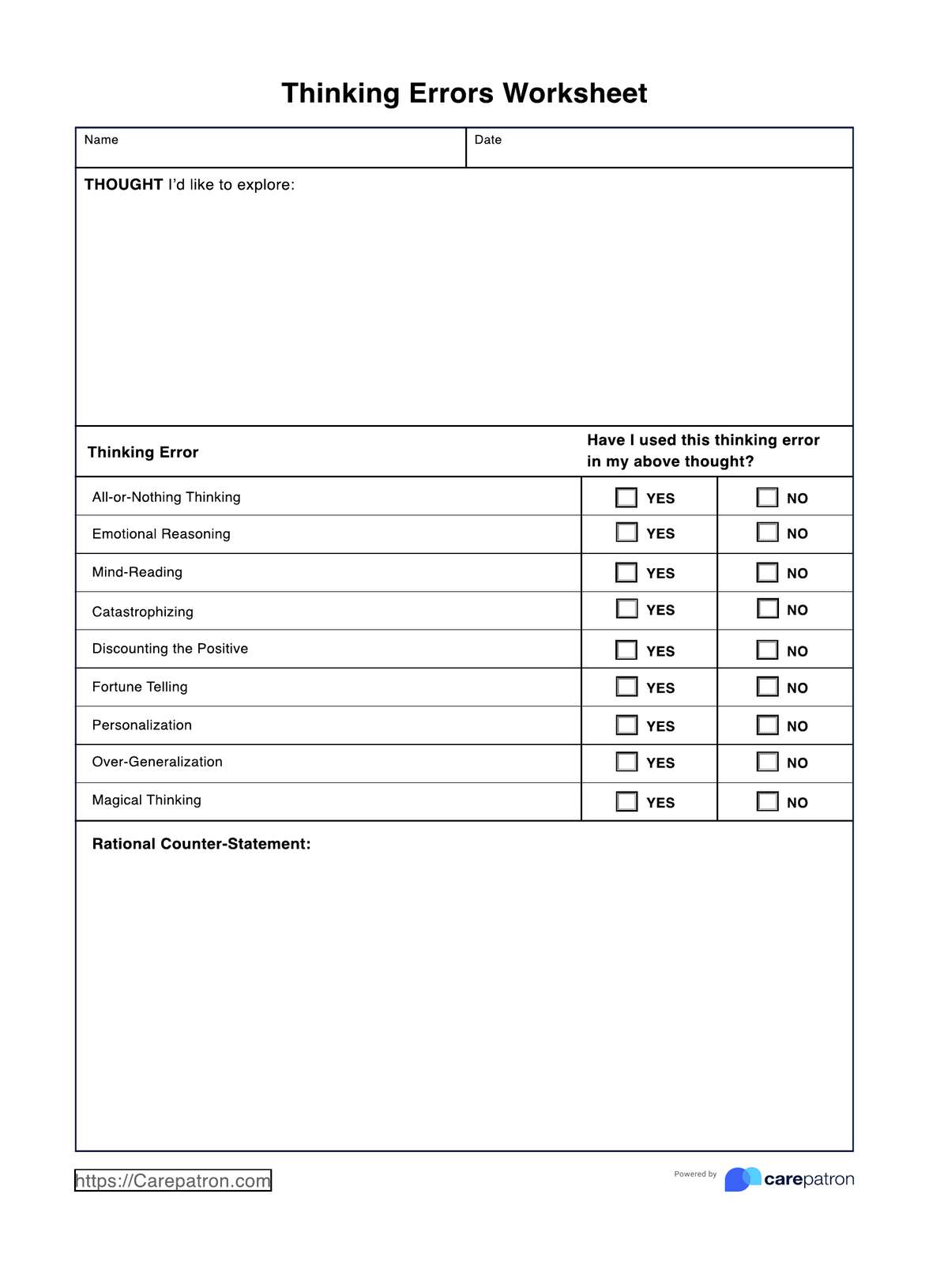
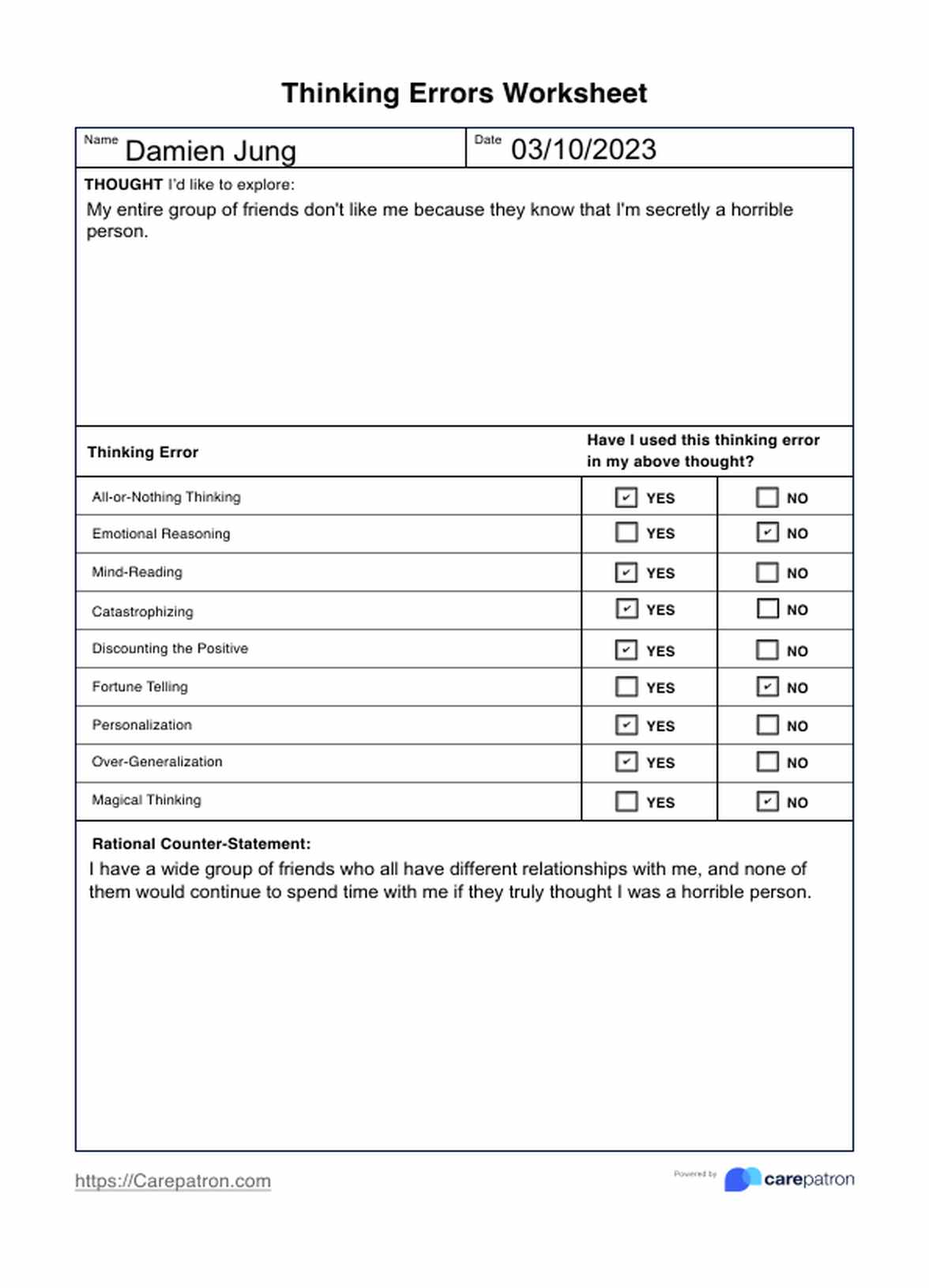















-template.jpg)



























































































